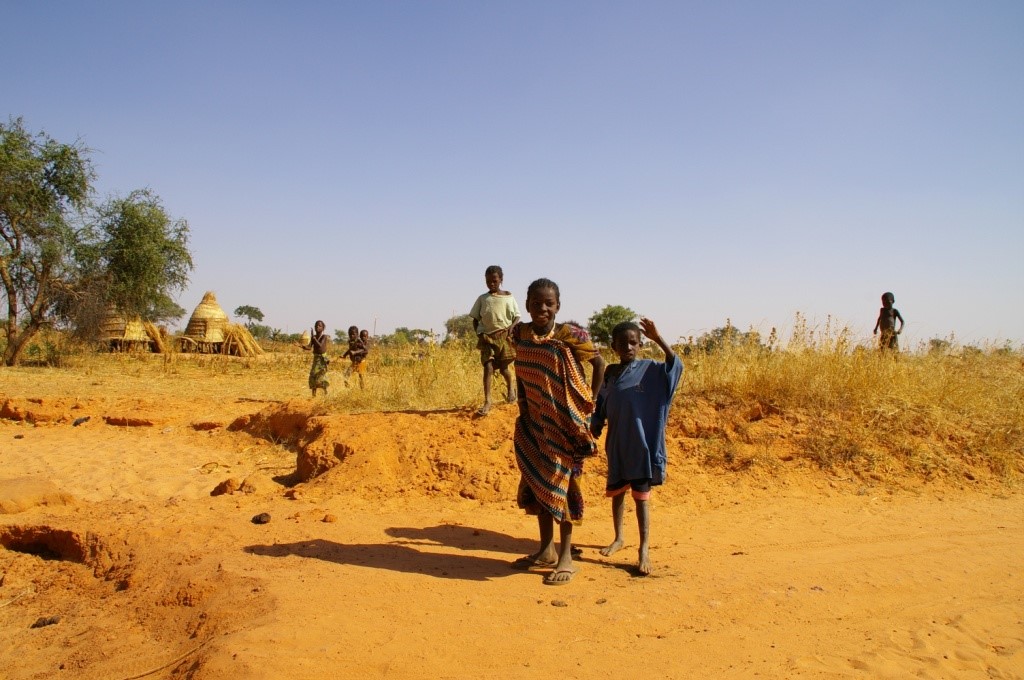10 Facts About Child Labor in Niger

Niger, a country in Western Africa, is one of the most impoverished nations in the entire world. While its economy is growing, many children enter harsh jobs to provide for their families. Here are 10 facts about child labor in Niger.
10 Facts About Child Labor in Niger
- Niger has the highest fertility rate in the world. On average, a woman from Niger will have around seven children. The high fertility rate has led to consistent population growth and large family sizes. It is quite common for large families in Niger to hire underage girls as housemaids where they receive poor treatment and make as little as $6 a month. According to UNICEF, “three out of five girls are working in an environment considered as prejudicial to their health and development.” The high fertility rate has led to consistent population growth and large family sizes which makes it difficult for families to sustain themselves solely off their own farming.
- The main form of agriculture in Niger is subsistence farming, however, only 11 percent of the land is arable. Even the arable land is extremely dependent on rainfall, with droughts leading to widespread food shortages. When food becomes scarce, Nigerien children, like 12-year-old Oumar Soumana, must drop out of school and look for work to support their families: “It is a painful job for me… I spend the whole day walking. I do not really rest because I have to sell and bring the money back.”
- Roughly 48 percent of Niger’s population is 14 or younger. Niger’s population is increasing so fast, its median age is an alarming 15 years old. Food production is not matching the increasing population of Niger. Lack of consistent rainfall makes it very difficult for rural families to avoid malnourishment. When it does rain, families use their children for labor to try and maximize their food production. This is back-breaking work includes hand planting seeds in rough soil during extreme heat.
- According to a report by UNESCO, 42.9 percent of Nigerien children between five and 14 are working instead of going to school. This, coupled with only 70 percent of children in Niger completing elementary school, greatly limits their educational opportunities. Article 23 of Niger’s constitution provides free public education, but experts claim that instituting compulsory education would help keep even more children in schools.
- The insurgent Islamist group Boko Haram has contributed to Niger’s child labor crisis with its kidnapping of Nigerien children. Boko Haram uses children mainly for menial labor like cooking and cleaning, but in the past, they have used children for suicide bombings. While Boko Haram agreed to stop using children in 2017, there are still thousands of children missing. Additionally, children who formerly worked as child soldiers receive discrimination at an alarming rate.
- Many of the children who do not attend school and enter the workforce experience harsh working environments. “Uneducated, these children grow up in very miserable conditions: long working hours, low wages, no food. Furthermore, they run the risk of becoming victims of prostitution, discrimination, abuse, etc.” Additionally, children whose parents did not register them at birth and “lack the appropriate official papers, are not recognized as members of society and cannot exercise their rights.” These children are severely unprotected from life-threatening situations because their rural families were not aware of Niger’s birth registration law.
- Part of the reason why child labor in Niger is so prevalent is that the government either lacks regulation prohibiting these practices or it fails to adequately enforce its laws. In 2017, Niger took a significant step forward in combatting its child labor crisis by increasing the minimum age for hazardous work to 18 and increasing the number of jobs under the hazardous label. People under 18 can no longer work at jobs like quarrying, mining, welding and construction.
- While article 14 in Niger’s constitution outlaws forced labor, ethnic minorities like the Touaregs have a history of enslavement. Certain Nigerien traditions effectively endorse child slave labor. Whether it be the purchasing of young girls to serve as fifth wives or Wahaya, or koranic teachers forcing their pupils to beg on the streets and surrender their earnings, slavery is still prevalent in Niger.
- Niger is not ignoring the unfortunate truth that slavery still exists. With the help of the group Anti-Slavery International, Niger has successfully prosecuted men engaging in the fifth wife practice. This group also joined forces with a local Nigerien organization called Timidria and opened six elementary schools for descendants of slaves.
- These 10 facts about child labor in Niger illuminate the issue of child labor that the country must solve. Social programs funded by the Nigerien Government and other nongovernmental organizations like UNICEF are attempting to combat the crisis. In 2017, both of these groups ran 34 centers tasked with providing “food, shelter, education, and vocational training to street children, many of whom are victims of child labor.”
While most of these 10 facts about child labor Niger are disheartening, there is evidence that the situation is improving. For instance, a 45-year-old Nigerien woman named Tatinatt was a slave for the majority of her life, but today she is free and her youngest children are the first ones in her family who are attending school instead of entering the workforce. Hopefully, exposure to this crisis will galvanize more groups into focusing their resources on ending child labor in Niger.
– Myles McBride Roach
Photo: Flickr
